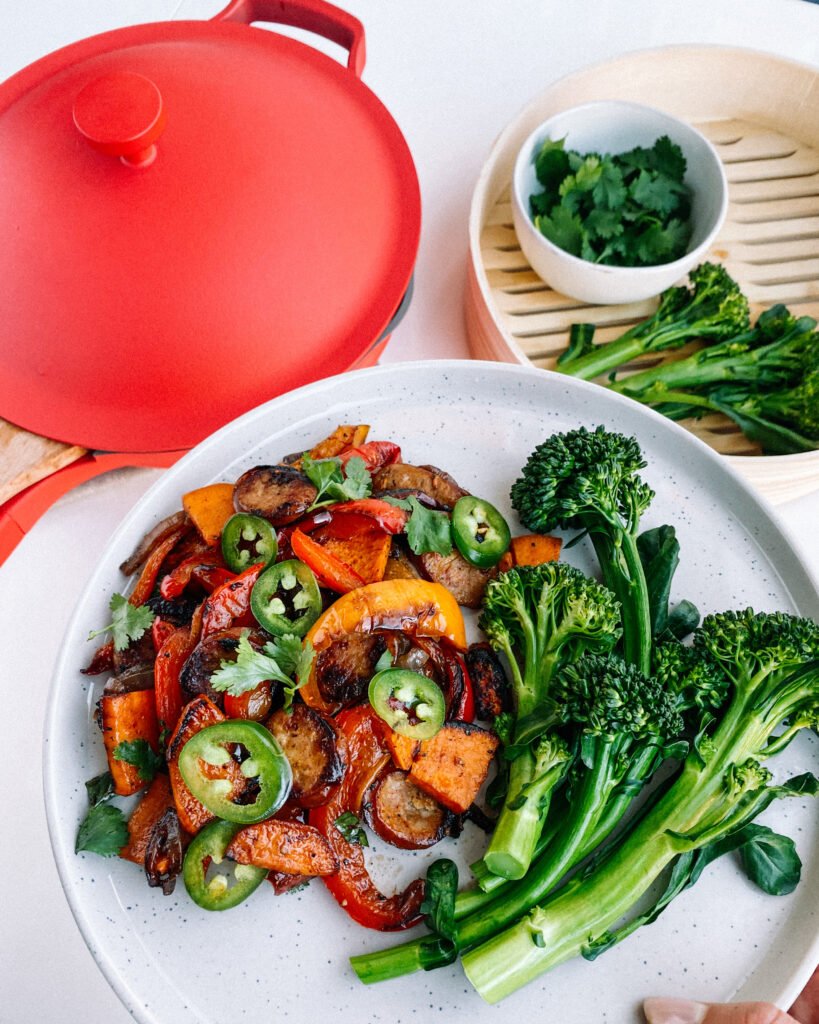
Flavor is the perceived quality of food or drink. It is a combination of taste, smell, and texture.
Our tongues detect five basic tastes: sweet, salty, sour, bitter, and umami. Smell also plays a role in flavor, as the nose can detect aromatic molecules from food. Finally, texture contributes to the overall eating experience, providing a sense of creaminess, crunchiness, or refreshing coolness.
These factors combine to create the unique flavors of different foods and drinks. When cooking or baking, it is essential to consider all three components to create a pleasing dish to the palate. By understanding the principles of flavor, one can create delicious and intriguing dishes that are sure to delight the senses.
What affects our perception of flavor?
When we think about the flavors of food, we often think about the ingredients that are used. However, there are several more factors that can affect our perception of flavor.
For example, the way that food is cooked can have a significant impact on taste. Grilled or roasted food tends to have a more intense flavor than boiled or steamed food. Similarly, the temperature of food can also affect its flavor.
Warm food generally has a more pronounced flavor than cold food. Other factors, such as texture and appearance, can influence our flavor perception. Generally, we tend to enjoy foods that are pleasing to look at and have an appealing texture. Consequently, when it comes to flavor, it’s not just what’s on the inside that counts.
The three primary flavor components all influence our perception of flavor. Our past experiences, emotions, and cultural influences can also impact how we taste food.
Taste is the main factor that determines how we perceive flavor. The taste buds on our tongue are responsible for detecting sweet, salty, sour, and bitter flavors. When we eat, we not only taste the food, but we also smell it.
What we smell plays an essential role in our ability to taste. Studies have shown that people who cannot smell cannot taste as well. This is because the flavor of food comes from a combination of taste and smell. When we eat, the food releases molecules into the air. Our nose then detects these molecules.
The signal from the nose is sent to the brain, combining it with the signal from our tongue. This combination of signals creates the perceived flavor of the food.
Making the most of flavor compounds
Now that you know a little about how flavor works, you might wonder how to make the most of flavor compounds in your food. Here are a few tips:
- Add salt to enhance the sweetness and other flavors.
- Use acid to balance out rich or fatty flavors.
- Add sugar to offset the bitterness.
- Use herbs and spices to add complexity to simple dishes.
- Experiment with different ingredients and flavor combinations to find what you like best.
Pay attention to all three factors to create enjoyable cooking or eating experiences. Temperature, texture, and flavor all work together to create a dish that is pleasing to the senses.
Flavor packed Recipes
Why not try creating some flavor-packed recipes of your own? Here are a few ideas to get you started:
- Spicy Sausage and Pepper skillet – This recipe combines the flavors of sweet bell peppers, spicy sausage, and savory onions for a delicious and easy one-pan meal.
- Honey Garlic Shrimp – Sweet, savory, and slightly spicy; this shrimp dish is full of flavor and takes only 30 minutes to prepare.
- Roasted Cauliflower with Parmesan & Lemon – This simple roasted cauliflower recipe is elevated by adding fresh lemon juice and grated Parmesan cheese.
- Chocolate Dipped Fruit – A fun and easy way to enjoy fruit, this recipe features a variety of fresh fruit dipped in melted chocolate.
- Grilled Cheese with Caramelized Onions – This classic grilled cheese sandwich gets a flavor boost from slowly cooked caramelized onions.
There you have it, a few ideas to help you get started on your flavor journey. For more adventurous cooking tips, check out The Kitchen Community.
Remember, experimenting with different ingredients and flavor combinations is the best way to figure out what you like.
Enhancing your flavor perception at home
If you want to experiment with flavor perception at home, you can do a few things. Here are a few ideas:
Play with temperature
Cook or eat the same food at different temperatures and see how it affects the flavor. Does it taste sweeter when it’s cold or more savory when it’s hot?
Try different textures
Try pairing different textures together and see how it affects the flavor. For example, pair crunchy food with something creamy or smooth food with something chunky.
Be mindful of your senses
When you’re cooking or eating, pay attention to all of your senses. Notice the colors, smells, textures, and flavors of your food. This will help you be more aware of the flavors you’re experiencing. Flavor is a complex combination of taste, smell, and texture we experience when we eat food. We can learn to enhance and create delicious dishes by understanding how flavor works. So get out there and start cooking up some flavor-packed recipes!



